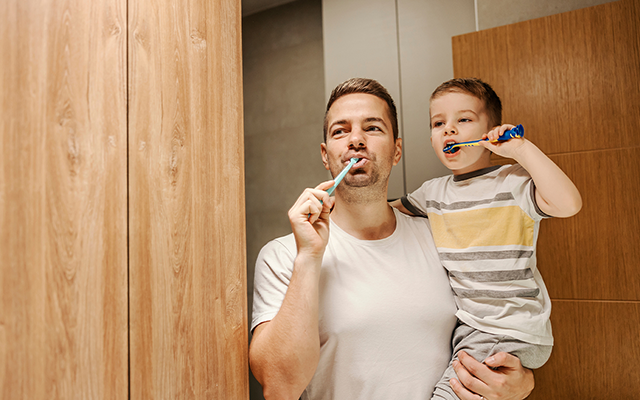The do's and don'ts of sugar
GEHA | March 9, 2020
Sometimes sugar isn't so sweet.
The average American consumes about 60 pounds of added sugar each year. The numbers are worse for children, with the average American child consuming more than 65 pounds of added sugar annually.
Reducing sugar in our diets is important to everyone. But it's particularly important to people with pre-diabetes and diabetes because the disease makes it more difficult for the body to manage blood sugar levels.
Sugar do's and don'ts
- DO: Take sugar off the table — literally.
- Along with white or brown table sugar, toss syrup, honey and molasses.
- DO: Eat fresh, frozen, dried or canned fruits.
- Choose fruit canned in water or natural juice.
- DO: Drink more water.
- Drinking water regularly re-hydrates your blood, which lowers blood sugar levels.
- DON'T: Choose sugary drinks.
- Avoid sodas, sports drinks, energy drinks and fruit drinks.
- DON'T: Eat sauces with lots of sugar.
- Ketchup, barbecue sauce and sweet chili sauce contain a high amount of sugar.
- DON'T: Start the day with a sugar-filled breakfast.
- Breakfast cereals — even granola — can be loaded with sugar, as are pancakes, waffles, muffins and jams.
Measurement is management
If you have pre-diabetes or diabetes, it's a good idea to work with your physician to develop and follow a plan to take care of your health. This should include consistently monitoring your blood sugar levels as well as taking regularly scheduled A1C tests. How often you need an A1C test depends on the type of diabetes you have or are at risk of developing. It also depends on how well you have been managing your blood sugar levels.
Remember, an A1C test is an important tool to manage your diabetes, but it doesn't replace regular blood sugar testing at home. Your blood sugar goes up and down throughout the day and night — and those rates aren't reflected in your A1C test.
Sources:
"Tips for Cutting Down on Sugar." www.heart.org, American Heart Association, 17 April, 2018.
"How Much Sugar is Too Much." www.heart.org, American Heart Association, 28 June, 2018.
"13 Simple Ways to Stop Eating Lots of Sugar." www.healthline.com, Healthline Media, 22 May, 2017.
"14 Easy Ways to Lower Blood Sugar Levels Naturally." www.healthline.com, Healthline Media, 3 May, 2016.











